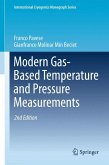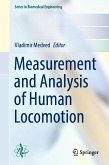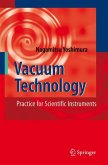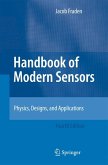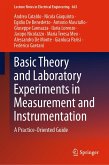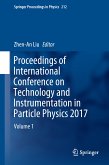This book gives an overview of modern cathodes and electron emitters for vacuum tubes and vacuum electron devices in general. It covers the latest developments in field emission theory as well as new methods towards improving thermionic and cold cathodes. It addresses thermionic cathodes, such as oxide cathodes, impregnated and scandate cathodes, as well as photocathodes and field emitters - the latter comprising carbon nanotubes, graphene and Spindt-type emitter arrays. Despite the rise and fall of the once dominant types of vacuum tubes, such as radio valves and cathode ray tubes, cathodes are continually being improved upon as new applications with increased demands arise, for example in electron beam lithography, high-power and high-frequency microwave tubes, terahertz imaging and electron sources for accelerators. Written by 17 experts in the field, the book presents the latest developments in cathodes needed for these applications, discussing the state of the art and addressing future trends.
Dieser Download kann aus rechtlichen Gründen nur mit Rechnungsadresse in A, B, BG, CY, CZ, D, DK, EW, E, FIN, F, GR, HR, H, IRL, I, LT, L, LR, M, NL, PL, P, R, S, SLO, SK ausgeliefert werden.



